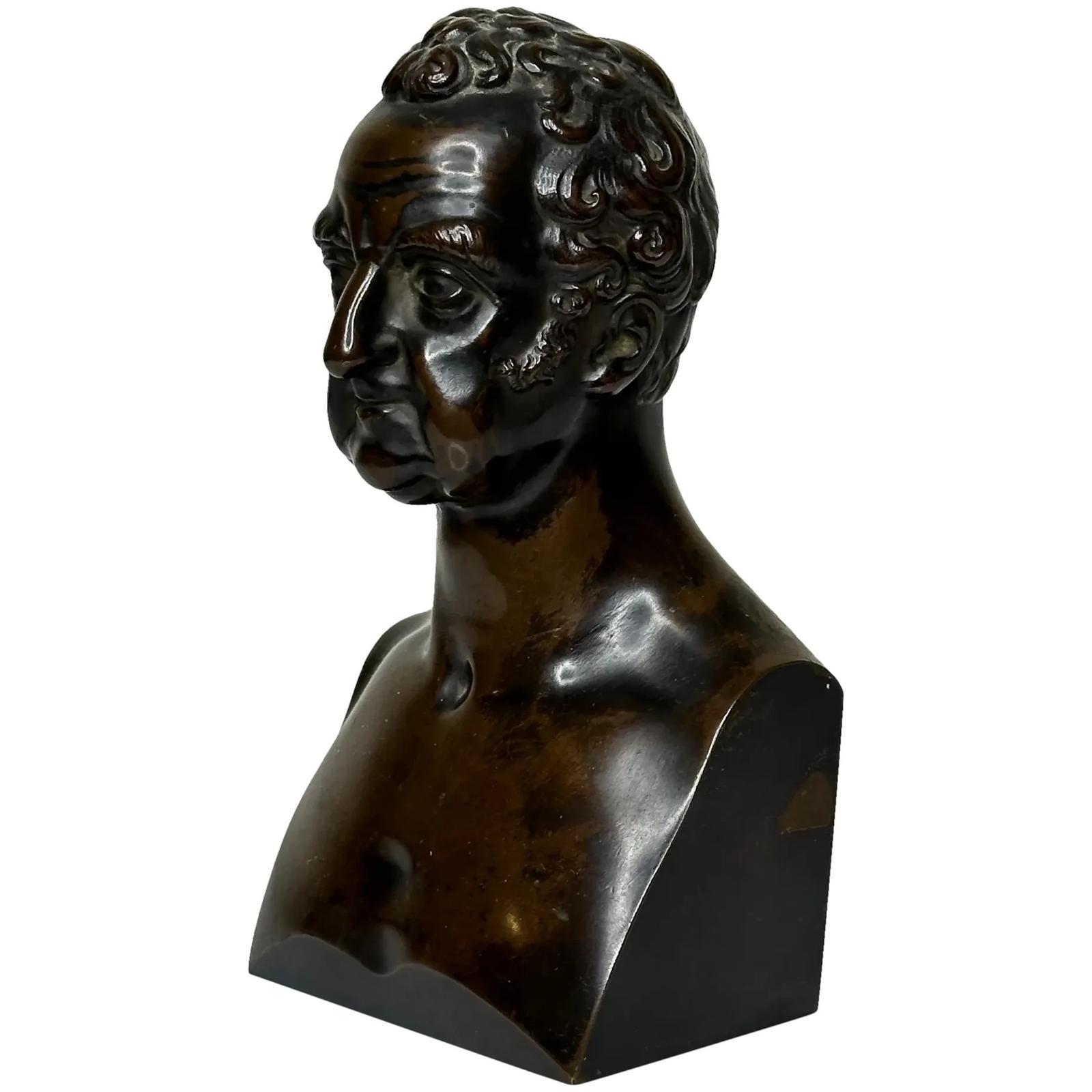Cheshire Antiques Consultant LTD are worldwide reputable family business Fine Art Brokers & gallery dealers, antiques & collectibles business based in Cheshire, by Chester. Certified member of the Fine Art Trade Guild. “Open Online Exclusively· Virtual Viewings by Appointment”. We sell to the public & trade, art agents, galleries, tv, film theatre, studios, prop shops, interior designers & celebrities. Our ethos is simplistic sourcing historical exceptional quality authentic stock around Europe that represents superb value for money, with strong investment prospects. We offer our clients exceptional professional customer service.
Registered Office Address
Cheshire Antiques Consultant LTD
71-75 Shelton Street, Covent Garden, London, United Kingdom,
WC2H 9JQ
Company Number 15666518.
GB VAT registration number 466128775.
We can accept online card payments up to a maximum of £5000 any amounts over this must be paid by bank wire transfer only. In person card payments are not accepted due to insurance requirements & payment providers charging us and not returning the processing transaction fee even if an order is fraudulent, cancelled or returned. We can email you a proforma invoice with our bank details upon request.
We specialise in sourcing and offering for sale British & European paintings works of art 17th to 20th century from the United Kingdom & Europe, especially portraits, marine ships, animals, hunting, still life & landscapes.
We strongly believe in sustainability, antique furniture is Green & environmentally friendly confirmed by Carbon Clear, we are playing our part helping the environment by making customers aware that buying loved used Upcycled furnishings helps the world. No trees are being cut down to make antique furniture unlike the modern equivalent. Antique furniture is unique & stylish, the designs never go out of fashion and offer unique look to your home interior. The simple elegance in furniture design will not only fit into traditional homes but can also look amazing in contemporary setting. We offer our clients exceptional professional friendly customer service. We offer worldwide shipping please ask for a quote today. Book online virtual viewing appointment.
Online sellers specialising in selling artworks, sculptures, oil paintings, portraits, maritime marine, landscapes, still life, home interiors, beautiful antiques, vintage & original furniture 18th to 20th century. Bronzes & sculptures, office desks & seating furniture, chairs, sofas, & footstools. Coffee, side occasional & centre tables, chests & trunks. Stylish bookcases, display stands. Sideboards, dressers & cabinets. Hallmarked silverware, clocks & carvings. Collectible Chinese porcelain, vases, ornaments, glassware & ceramics. Attractive large fancy mirrors, appealing enamel signs, plaques & wall hangings. Garden stone ornaments & Architectural water features. Purchasing methods we accept bank wire transfer, cash on collection accepted.
We offer UK domestic & worldwide shipping is available please ask for a quote today. We take exceptional care in your goods being securely wrapped & packed and are insured with tracked courier delivery services, with prompt delivery to you.
Customs Payment & Brexit
Cheshire Antiques Consultant LTD operates on a Delivery Duty Unpaid (DDU) basis which means that the International buyer is responsible for any import duties, taxes & customs clearance and any other charges which may be necessary to release an order from international customs.
Following the UK leaving the EU on 1st January 2021 (BREXIT) there have been some changes to customs & duty charges for EU customers. Tax and import duty varies from country to country so we recommend you check with your local tax office to see if any fees will be payable.
If the customer refuses to pay any duty and customs charges and the parcel is returned to sender all shipping charges will be deducted from any refund.
Directory and moreAll AntiquesFurnitureSilverArtJewellerySalvageClocksMirrorsChairsGlassCeramicsDirectory and moreBedsBookcasesCabinetsChairsChest of DrawersCupboardsDesksDressersDressing TablesSideboardsStoolsTablesWardrobesBasketsBowlsBoxesCandlesticksCard HoldersCoastersCoffee PotsCondimentsCutleryDecanter LabelsDishesSpoonsVasesCityscape ArtContemporary ArtDrawingsEaselsLandscape ArtMarinescape ArtMiniaturesOil PaintingsPastelPortraitsSeascape ArtStill LifeWatercoloursAntique Bracelets & BanglesBroochesCufflinksDiamond RingsEarringsEngagement & Wedding RingsJewellery BoxesLocketsNecklacesPendantsRingsSets - Demi ParureSolitaire RingsBathsChimneysColumnsDoor Handles / Door Stops / Door KnockersDoorsFireplacesFlooringIndustrial antiquesLocks / KeysReclaimed & Industrial LightingReclamationWindowsBracket ClocksCarriage ClocksClock SetsCuckoo ClocksDial ClocksFusee ClocksGrandfather ClocksLongcase ClocksMantel ClocksPocket WatchesSkeleton ClocksWall ClocksWatchesConvex MirrorsDressing MirrorsDressing Table MirrorsFrench MirrorsGilt MirrorsLarge MirrorsOval MirrorsOvermantle MirrorsPier MirrorsSwing MirrorsToilet MirrorsVictorian MirrorsWall MirrorsArmchairsClub ChairsCorner ChairsCountry ChairsDesk ChairsDining ChairsHall ChairsKitchen ChairsLibrary ChairsOffice ChairsPair of ChairsRocking ChairsWing ChairsAntique Drinking GlassesChampagne GlassesDecantersEpergnesGlass BowlsGlass CruetGlass DishesGlass InkwellGlass JugsGlass SculpturesGlass VasesScent BottlesTantalusAnimal FigurinesBlue and WhiteBowlsChargersChinaCoffee Pots & SetsDinner ServiceDishesFigurinesJugsTea Pots and SetsVases (Ceramic)Business DirectoryLoveAntiques DealersHome & LivingBlogMaterialsPeriodsArtisansOriginsGifts For HimGifts For Her
Early 19th Century Bronze Sculpture Bust of William Roscoe by William Spence
REF: LA485514
From:Cheshire Antiques Consultant LTD
Early 19th Century Bronze Sculpture Bust of William Roscoe by William Spence
REF: LA485514
From:Cheshire Antiques Consultant LTD

Sold
This item has been sold and is no longer available
Cheshire Antiques Consultant LTD

Address
71-75 Shelton Street
London
Greater London
United Kingdom
WC2H 9JQ
Opening times
By appointment only
Mobile
+447494 763382
Early 19th Century Bronze Sculpture Bust of William Roscoe by William Spence
REF: LA485514
From:Cheshire Antiques Consultant LTD
Sold
This item has been sold and is no longer available
Early 19th Century Bronze Sculpture Bust of William Roscoe by William Spence
REF: LA485514
From:Cheshire Antiques Consultant LTD